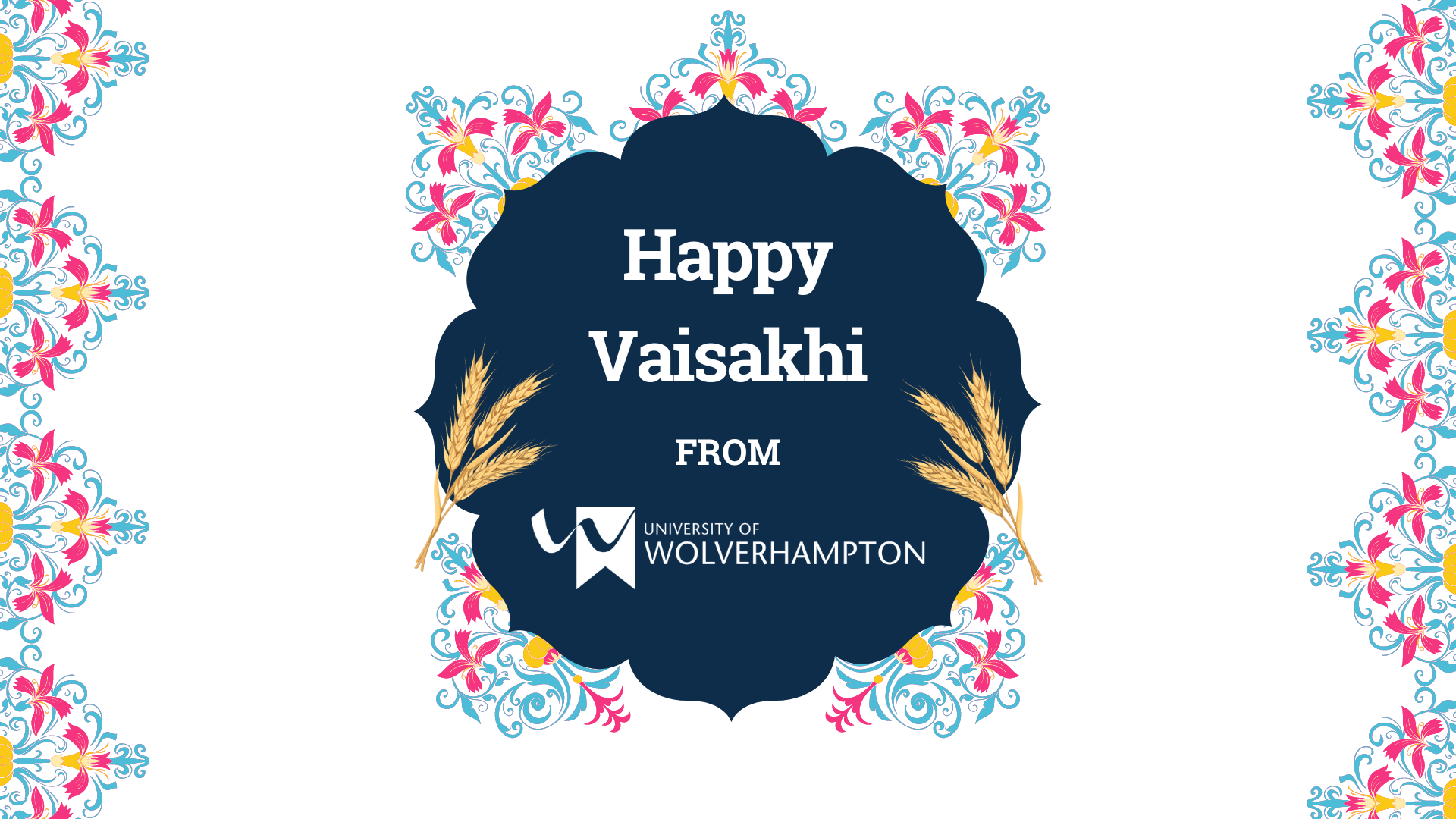Happy Vaisakhi

A message on the festival of Vaisakhi from our Sikh Chaplain, Giani Shyam Singh
Vaisakhi (also known as Baisakhi) is one of the most important and colourful festivals celebrated by the Sikh Nation. Usually falling on the 13 April, the day commemorates the establishment of the Khalsa by the tenth Guru, Shri Guru Gobind Singh Ji Maharaj in 1699.
HISTORY
Vaisakhi is a long-established harvest festival in the Punjab. As April is the traditional time for harvest, the people of Punjab would celebrate the end of the season by giving thanks for their healthy crops and sharing out food to fellow neighbours.
In 1699, at the city of Anandpur Sahib at the foothills of the Himalayas, the tenth Guru of the Sikhs, Guru Gobind Singh Ji chose Vaisakhi as the occasion to transform the Sikhs into one large family of Saint Soldiers, known as the Khalsa Panth (Nation).
THE AMRIT SANCHAR
Guru Gobind Singh Ji sent out a message to all to congregate in one place on Vaisakhi 1699 for a special announcement. As people arrived from far and wide, they noticed that Guru Gobind Singh Ji carrying a large sword was standing on a hill awaiting the congregation. He challenged any Sikh who was prepared to give his life to serve others, defend them from injustice and work to destroy oppression to come to him. Daya Ram stood and agreed to the request. The Guru took Daya Ram with him into a tent but returned alone with his sword covered in blood. He repeated this request and the same action four more times. Bhai Dharam Dass, Himat Rai, Mohkam Chand and Bhai Sahib Chand came forward one by one. The crowd was very concerned until they saw five men return wearing a uniform, five special articles of faith and turbans.
THE PANJ PYARE
These five Sikhs became known as the Panj Pyare, or the beloved 5. The Sikhs were baptised into the Khalsa by the Guru. He sprinkled them with Amrit [literally translates as immortalising nectar holy water] gave five articles of Faith to wear and instructed with a new code of conduct. This became the basis of the Amrit Sanchar [Sikh baptism ceremony].
After the five were baptised, in a true act of humility ,Guru Gobind Singh Ji knelt in front of the Panj Pyare and asked to be baptised too. The Guru proclaimed that they would become the embodiment of the Guru himself:
“Where there are Panj Pyare, there am I. When the five meet, they are the holiest of the holy.”
The Panj Pyare were the first members of newly established Khalsa. Guru Gobind Singh gave the Khalsa a unique identity with five distinctive symbols of purity, courage, humility, cleanliness and truth . True to the previous Guru’s message of equality, both Sikh men and women are blessed in the exact same way. The Guru gave all Khalsa men the surname of Singh [lion] as a reminder to be courageous. Women took on the surname Kaur [Princess] to emphasise grace. With the distinct Khalsa identity, Guru Gobind Singh gave all Sikhs the opportunity to live lives of courage, sacrifice, and equality. These Sikhs are to dedicate their lives to Waheguru, the service of others and to the pursuit of justice.
I wish you a Happy Vaisakhi.
Giani Shyam Singh (Sikh Chaplain)
For more information please contact the Corporate Communications Team.


/prod01/wlvacuk/media/departments/digital-content-and-communications/images-2024/Architecture-students-tree-planting.png)
/prod01/wlvacuk/media/departments/digital-content-and-communications/images-2024/250630-SciFest-1-group-photo-resized-800x450.png)
/prod01/wlvacuk/media/departments/digital-content-and-communications/submitted-news-images/Way-youth-zone-August.JPG)
/prod01/wlvacuk/media/departments/digital-content-and-communications/images-2024/Arthi-Arunasalam-teaser.jpg)
/prod01/wlvacuk/media/departments/digital-content-and-communications/submitted-news-images/Muslim-woman-playing-football.jpg)
/prod01/wlvacuk/media/departments/digital-content-and-communications/submitted-news-images/Business-School-800x450.jpg)
/prod01/wlvacuk/media/departments/digital-content-and-communications/submitted-news-images/University-of-the-Year.jpg)